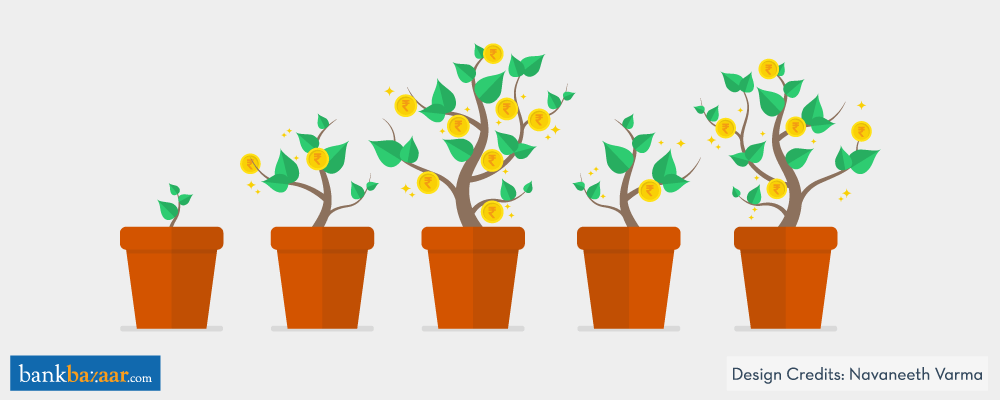
A Mutual Fund is an instrument of convenience in ways more than one. Because stocks of various companies tend to do well or poorly during different times, a fund offers adequate opportunities to spread this risk across its stated mandate.
However, diversification across several funds and fund managers may be a clever ploy to further lower the risk of one fund or the other going through bad times in its cycle. It is at this point that one tends to wonder: how many funds do you need for sufficient diversification?
Collecting Over Investing
With hundreds of open and close ended schemes available today and a plethora of options – online and offline – to invest into them, newbie investors fresh into the market have a habit of picking up funds as they come along.
The pitfall, of course, is that picking 15 funds may not necessarily be 15 times better than owning a single one. On the contrary, it is akin to investing in a bloated index fund with plenty of overlap within: buying more and more funds will add more stocks in your portfolio—more often than not, the same ones. It is also a challenge to keep a track of a large portfolio, which dents the major reason to buy a Mutual Fund in the first place: convenience.
Function Of Investment Amount
The number of funds you can choose to bite into may as well be a function of your appetite. In other words, cap out your list of funds depending on the amount of money you can invest month after month.
If you are just starting out and haven’t utilized your section 80C benefits, you can make do with an ELSS fund. If you would like to add an element of risk into your portfolio, a midcap fund will deliver the goods over the long haul. Conversely, if you are relatively risk averse, a couple of diversified equity funds should more than do the job.
Also, look at adding an exposure to debt instruments in your portfolio either through balanced funds or bond funds.
Portfolio Maintenance
In essence, a portfolio of 4 or 5 equity funds is more than enough to accomplish your target of diversification. Should you end up with additional money through bonuses or a rise in your income over time, look to increase your contributions to these funds through a hike in your SIPs rather than investing in all new schemes.
This tactic will help you create and maintain an efficient portfolio that is easy to monitor and track over a number of years.